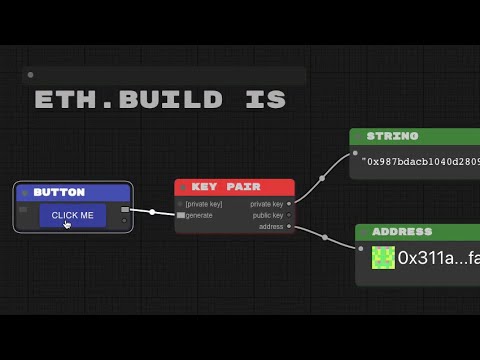I’m an artist and a marketer, with some basic knowledge of ETH, and I’m excited about learning through the Morphosis course, so I can get a handle on solidity, and hack together some basic projects.
This journal is a public accountability ledger for me, so I can create an organized narrative of what I’m exploring and learning in the course.
I’m going to start off with a couple of goals that I’d like to achieve before the end of the course:
https://forum.1hive.org/t/morphosis-ethereum-developer-course
-
I’d like to complete each lesson, with a journal entry within this thread that explores each subsegment of the course - as well as any links to external information and thoughts. Hopefully this increases my comprehension.
-
Fork Dripp.farm, and launch a project on xdai.
-
Find a way to Mint, create and manage NFTs / ERC 20s.
-
Create a Daohaus Minion.
-
Execute a Collab-land Bot application for Tiered Guild Structures
-
Create a Custom Gnosis Safe function / call
.:.
This is mostly for my own comprehension, and to attempt to commit to completing the course, and finding out the answers to these goals.
.:.

